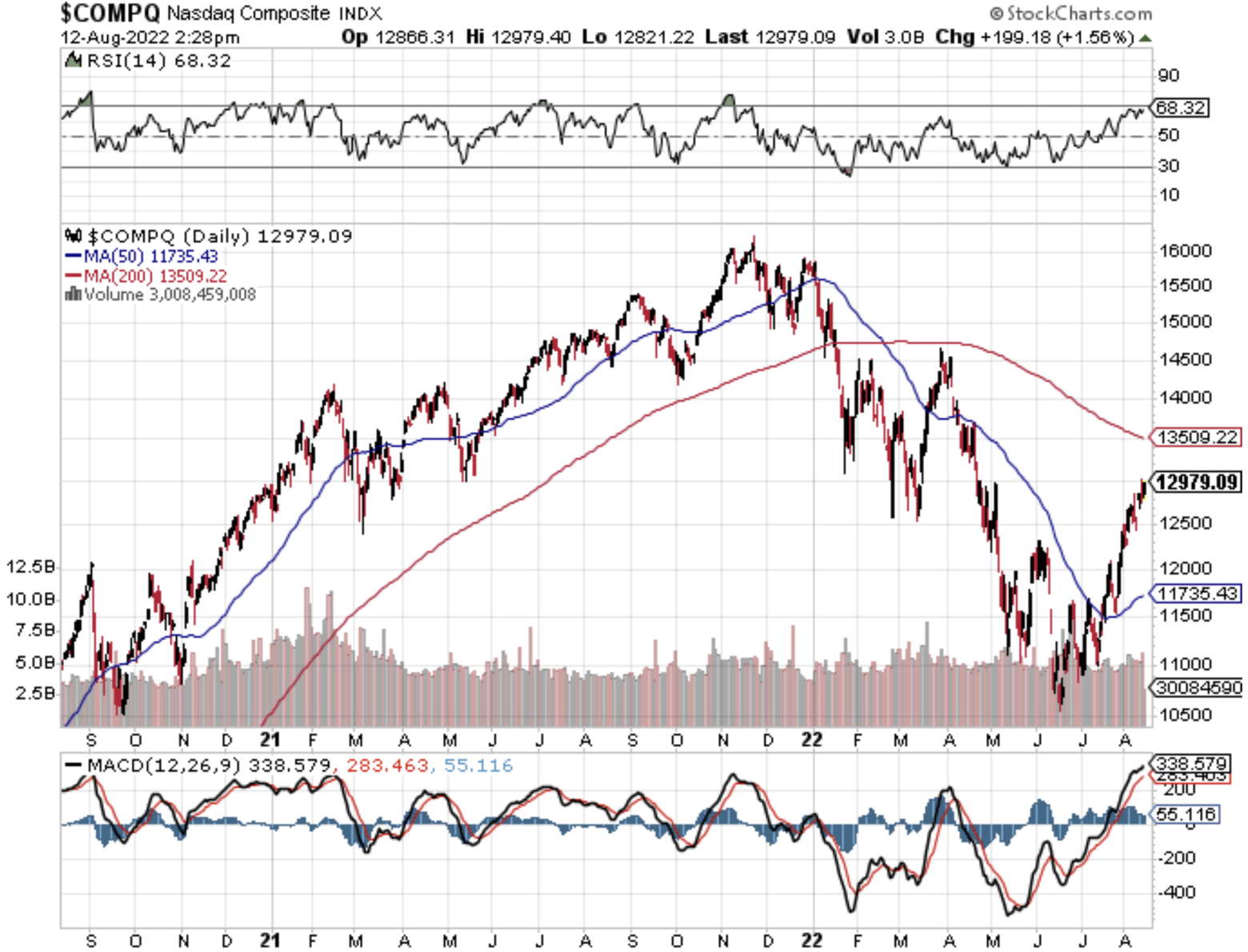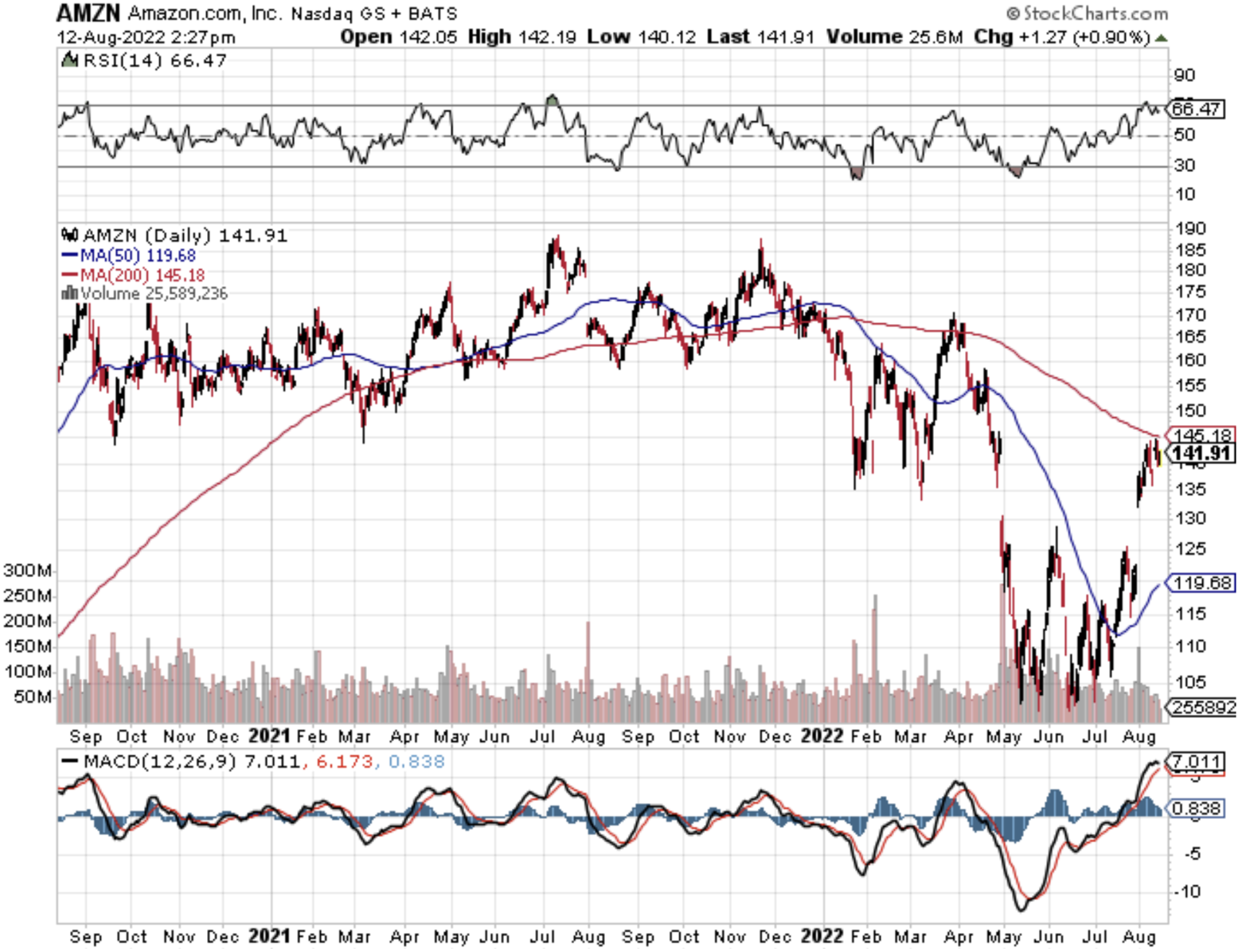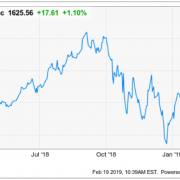The broader stock market will be saved, and the Nasdaq, comprised of tech firms, will be able to muddle through this bubble-deleveraging cycle completely unscathed.
To this day, the only meaningful erosion has appeared in the crypto industry and Chinese property developer market, which isn’t even in the U.S.
With the likes of Amazon staging a roaring rally, the situation is in good shape heading into 2023.
I would categorize relative performance as an unequivocal victory as the tech market sniffs out a rate cut cycle.
The interest rate cut cycle is forecasted to start in June 2023, giving us just 10 months to get to the point where tech explodes upwards.
I can guarantee that quality tech stocks will be higher than they are 2 years from now.
So let me throw some cold water on all those fear mongers.
This “rude awakening” that certain armchair experts are warning us about is yet to surface in Corporate America.
Despite the erosion of wage gains by high inflation, Corporate America has yet to show a substantial uptick in bankruptcies.
In a report published earlier this month, S&P counted only 212 U.S. bankruptcy filings from the start of the year through July 31.
This marked the fewest number of bankruptcy filings through the first seven months of any year going back to at least 2010.
Credit investors do not appear to be concerned about widespread defaults in the future either.
A recent survey from Bank of America Global Research showed a nudge higher in credit investor expectations for the rate of corporate defaults over the next year. But at 3.1%, the expected corporate default rate is far lower than expectations during the health situation.
The naive analyst would say these are remarkable statistics considering how financial conditions have tightened amid the Federal Reserve's aggressive rate hikes aimed at tamping down inflation, which have resulted in a doubling of longer-term interest rates. This resulting rise in rates increases the burden for companies carrying high levels of debt.
But let me bring you back to reality. A 2.5% Fed Funds during 9.1% inflation means that capital conditions are HIGHLY accommodative.
Even Facebook did their first debt offering in these conditions with a $10 billion bond.
The numbers still make financial sense to borrow at 2.5% in a 9.1% inflationary environment because the 5.5% in real interest gains is an asset to hold onto.
In fact, the 5.3% inflation in 2021 means that a 2-year aggregate relative gain of 11.9% against inflation means that borrowing over the past 2 years has been a no-brainer.
Acceleration in borrowing costs should be acknowledged — and unfortunately, profit margins come down and we don’t get as rich.
Cry me a river.
But the aggregate statistics show corporate tech companies are not only super strong but also one of the major benefactors of the global enterprise over the past 3 years as we have lurched from crisis to crisis.
The truth is that many investors are sitting on a mountain of equity via pocketed stimulus checks, dividends, PPP loans, and other gargantuan subsidies.
Ultimately, the crown jewels of tech are in position to skyrocket once these central bankers push through miniscule interest rate hikes over the next 10 months.
The last thing these professional bureaucrats want to do is rock the boat.
Therefore, they are doing just enough to show they care about inflation without really tackling it, so for the next rate lowering cycle, risk assets will go bananas from a much higher cost base.
Position yourself right, get the timing correct, and the path to riches is in reach.





